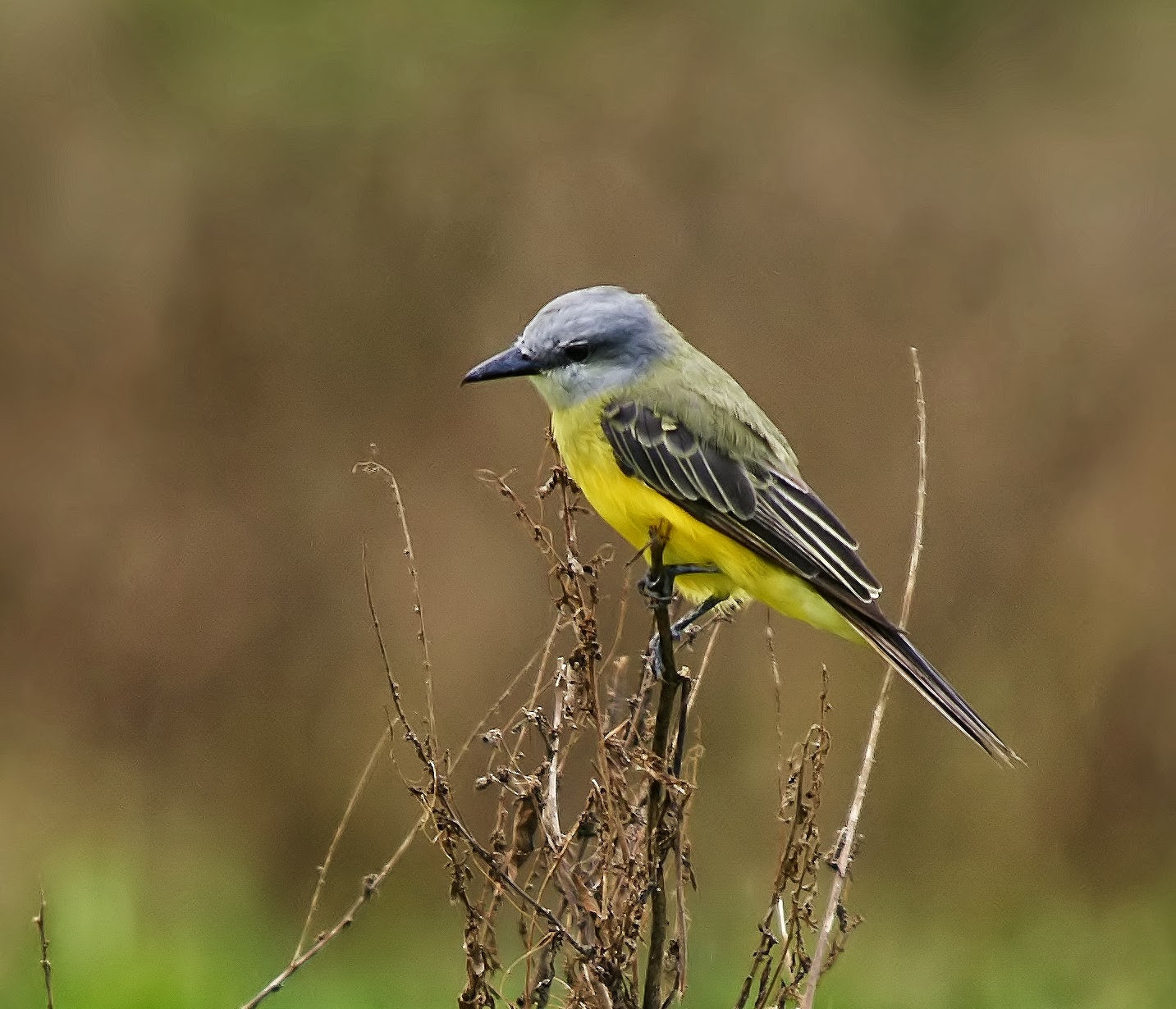 |
| Photo by Hans Hillewaert (Wikipedia) |
Common name:
grey-capped flycatcher (en); bem-te-vi-de-cabeça-cinza (pt); tyran à tête grise (fr); bienteveo cabecigrís (es); graukappen-maskentyrann (de)
Taxonomy:
Order Passeriformes
Family Tyrannidae
Range:
This species is found from Honduras south to north-western Peru, northern Bolivia and north-western Brazil.
Size:
These birds are 16,5-18 cm long and weigh 26-30 g.
Habitat:
The grey-capped flycatcher is mostly found along the edges of moist tropical forests, especially near rivers and streams. They also use second growths, plantations, pastures and arable land. They are present from sea level up to an altitude of 1.300 m.
Diet:
They feed mainly on flying insects, but also take berries and seeds.
Breeding:
Grey-capped flycatchers breed in February-August, nesting on a large roofed structure made of stems, roots and straws, placed on a tree, scrub or building 1-13 m above the ground. It is often located near a wasp, bee or ant nest, presumably for protection. The female lays 2-4 white eggs with brown or lilac spots, which are incubated for 16-18 days. The chicks fledge 19-21 days after hatching.
Conservation:
IUCN status – LC (Least Concern)
This species has a very large breeding range and is described as common. This species thrives in converted habitats and its population is suspected to be stable.







